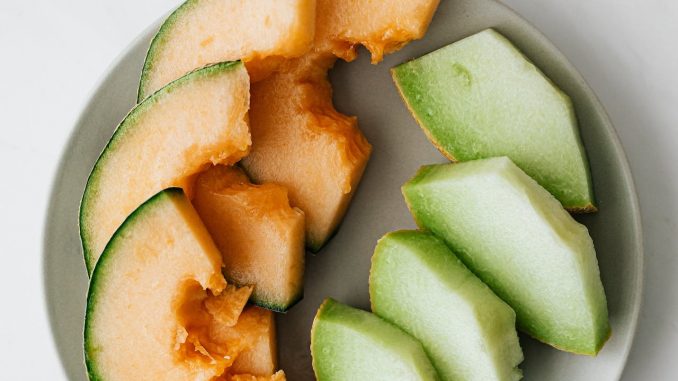
Morocco, a key player in the world’s agricultural sector, continues to establish itself as a major agricultural supply market for several countries. Taking advantage of advanced economic relations with Morocco, the Iberian neighbor imported 13,800 tons of melon from Morocco in 2023, enabling Moroccan exporters to generate $10 million in sales. These are the findings of a report by the specialist website East-Fruit.
This is the result of an unfavorable year for Spanish growers. Unfavorable weather conditions in 2023, including successive heat waves, heavy rain and hail storms, had a negative impact on local melon crops. This has prompted Spain to look for new markets for supplies not only in spring, but also in summer.
During this period, when the melon season in Senegal was already over and that in Brazil had not yet begun, the field remained promising for Morocco. Morocco quickly became Spain’s main supplier in 2023, overtaking both countries as Spain’s main melon suppliers. Last July alone, 8,000 tonnes of melon were delivered to Spanish markets, representing more than half of the total export volume from January to September 2023.
As a result, Morocco’s share of Spain’s total imports rose from 8% to 18%, making the country Spain’s third-largest melon supplier, overtaking the Netherlands.
The same source indicates that Morocco is emerging as a major melon exporter for countries wishing to source this fruit. In 2023, Moroccan exporters managed to ship almost 57,000 tonnes of melon abroad, generating nearly $61 million. Morocco is now the 12th largest exporter of this fruit to 40 countries worldwide, with France as its main market.
Although melons have been a winning card for many years, given the strong demand both in Morocco and internationally, this water-hungry crop is facing growing challenges, notably linked to water stress.
With this in mind, temporary planting restrictions on watermelon and melon crops in Zagora were imposed in 2022, by a gubernatorial decree. The area planted for the current 2022-2023 season has been set at between half a hectare and a maximum of one hectare per farm, in view of the water deficit affecting the region’s water table.

Be the first to comment